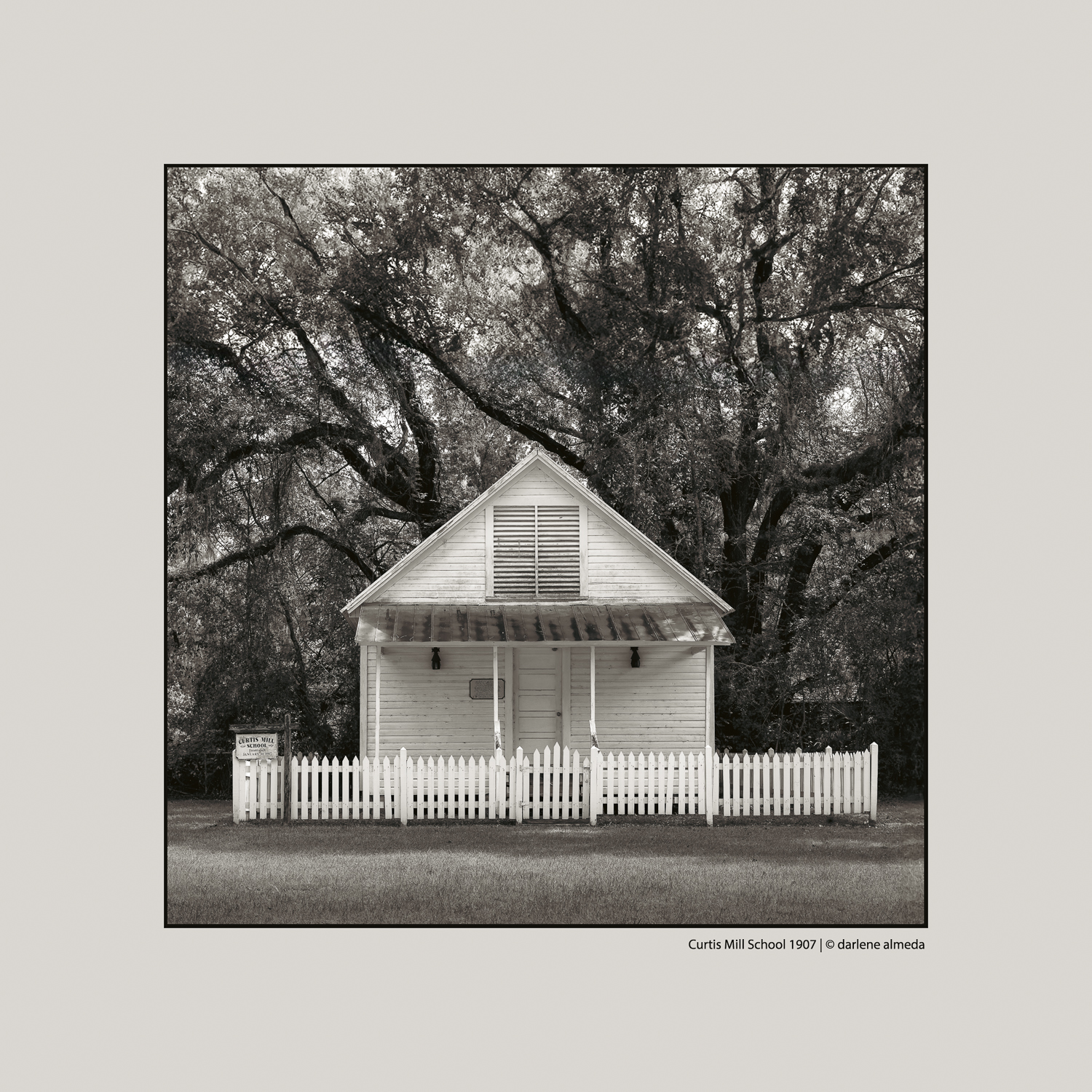With regard to larger sensors, Hasselblad has already been there and done that. The same is true of DSLR cameras. I wish Phase One future success for the XF
medium format DSLR system and and IQ4
larger sensor digital backs, but a major reason they are the last manufacturer in those two categories is because consumer demand went elsewhere; to smaller, lighter, less expensive mirrorless systems. Hasselblad and Fuji recognized this shift and they both acted on it in 2016. They've both been building out their respective mirrorless systems in different ways ever since with each of them doing so successfully. Phase One has been investing in other areas to secure their future.
For those wanting mirrorless medium format, there are enough differences in their product offerings and design concepts that the Fuji GFX and Hasselblad X systems have each been successful in their own right. They've differentiated each of their systems enough that you will find some individuals simultaneously owning and using
both GFX and X systems because they appreciate the advantages and capabilities each system offers them
because of their differences. They've each attracted their own customer base and found their own space in the market where they can grow. I think we all benefit from differences in products and from the differences in the people who use them.
I expect Hasselblad's focus will continue to be on expanding their X System range of camera, lens, and accessory options — but the unexpected happens from time to time. The X System launch was unexpected, at least by me, in 2016. The introduction of a unique modular mirrorless design concept, with the
907X 50C in 2019, surprised me as well. I think Hasselblad has been successful in creating a unique system with connections, in both design and function, to their previous generations of camera systems; while at the same time not being limited or prevented by their past from offering new technology with new form factors. At least, that's how I see the X System evolution to date.
I have no idea what the future holds and we will likely see surprises from multiple manufacturers. I would personally like to see Hasselblad take the modularity of their current 907X 50C even further,
including a new CFV 100C. Modular system design has been a key concept for Hasselblad from the start of their V System decades ago. They've also been very good at creating points of interconnection between each new system and the generations which came before it. Creating additional modular options, like the 907X + CFV combination, would be true to Hasselblad's long heritage and increase their differentiation from other products.
I could envision a variety of potential future products. I'd love to see something along the lines of the
V1D, the modular square format concept camera displayed
at Photokina 2016 for which they secured a 2018
design patent. There are any number of possibilities for repurposing the basic design concept of the
ArcBody again, which supplied the basis for the
HTS 1,5 tilt-shift adapter in the H system — both of which can be
used with CFV backs. A new version for the X System could open up interesting possibilities including lenses designed for movements (like the ArcBody) or adapters for existing lenses like the HTS. I can imagine, but who knows? There may be better things ahead which I haven't imagined!


